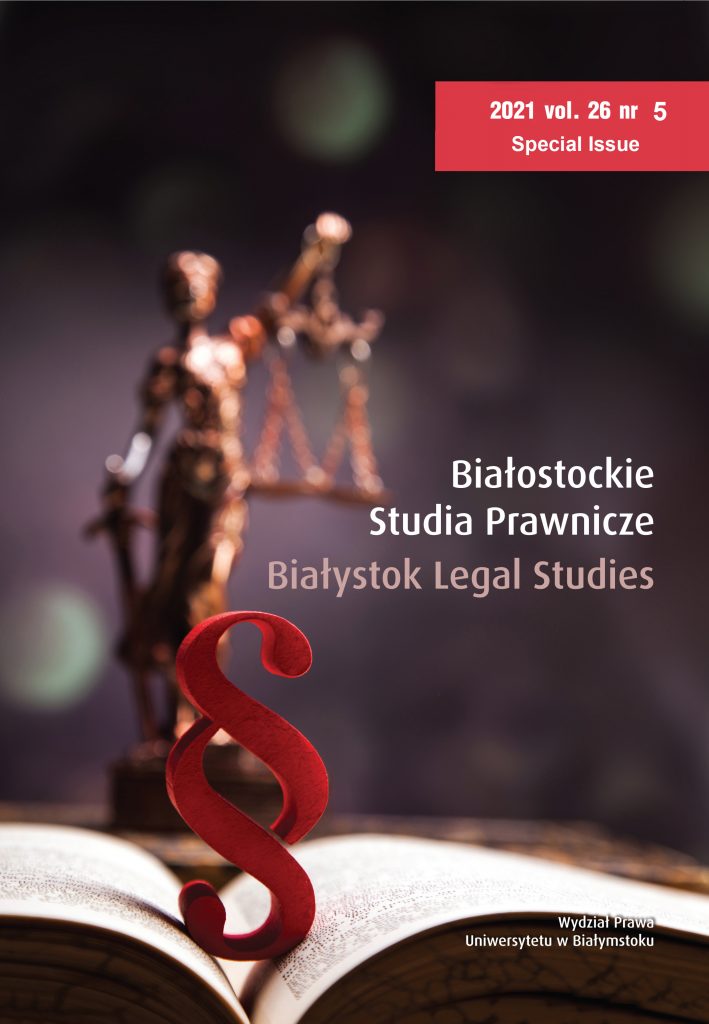Polish, and Slovak, Women in the European Parliament: an Analysis of the Results of the Election Held in May 2019
Słowa kluczowe:
election law, European elections, European Parliament, gender quotaAbstrakt
The objective of our paper is to analyse the political activity of Polish, and Slovak, women in EP elections; we aim to determine, among other things: whether gender quotas are a decisive factor for women’s electoral success, or do other factors result in an increase/decrease in the number of female candidates and the number of women MEPs? What are the particular characteristics of women representing Poland, and Slovakia, in the EP? What was their path to the EP? Which (conservative, liberal) parties are more willing to put women forward in EP elections? Poland introduced the so-called gender quotas into the electoral system, while Slovakia does not have such legal solutions in place. However, when comparing Slovakia to the situation in Poland, it can be stated that although there is a system of election quotas in Poland, its practical implementation may be purely theoretical. In percentage terms, the number of Slovak women elected to the European Parliament (except 2019) was significantly higher than in Poland, even though there is no quota system in the Slovak Republic. The success of Polish, and Slovak, women in the elections to the EP of the 9th term is the result of many factors, which include so-called electoral engineering (quotas, gender balance, first and second places on lists), electoral strategy of a party, but above all, political and social activity of the women themselves. We consider the last factor to be determinant in this respect.Bibliografia
Adamiec D., Wąsowicz R., Wybory do Parlamentu Europejskiego 2014. Nowe regulacje, debaty, kampania informacyjna, Warszawa 2014.
Aldrich S.A., Daniel W.T., The Consequences of Quotas: Assessing the Effect of Varied Gender Quotas on Legislator Experience in the European Parliament, “Politics & Gender” 2020, vol. 16.10.1017/S1743923X19000291
Blažo O., Kováčiková H., Right for Equal Opportunity for Fair Public Contract? Human Rights in Public Procurement, “Bialystok Legal Studies”, vol. 24.10.15290/bsp.2019.24.02.07
Bodnar A., Śledzińska-Simon A., Between symbolism and incrementalism: Moving forward with the gender equality project in Poland, “EUI Working Paper Law” 2015, vol. 30.10.2139/ssrn.2611904
Bodnar A., Sledzińska-Simon A., Gender Equality from Beneath: Electoral Gender Quotas in Poland, “Canadian Journal of Law and Society” 2013, vol. 28.10.1017/cls.2013.19
Breczko A., Andruszkiewicz M., The Question of the Value of Human Life in Theoretical Discussions and in Practice. A Legal Philosophical and Theory of Law Perspective, “Bialystok Legal Studies”, vol. 23.10.15290/bsp.2018.23.04.01
Chiva C., Gender, European Integration and Candidate Recruitment: The European Parliament Elections in the New EU Member States, “Parliamentary Affairs” 2012, vol. 67.10.1093/pa/gss047
Dahlerup D., Freidenvall L., Judging gender quotas: predictions and results, “Policy & Politics”, 2010, vol 38.10.1332/030557310X521080
Day M., Gay atheist politician launches movement to take on Poland’s conservative and religious establishment, “The Telegraph”, https://www.telegraph.co.uk/news/2019/02/03/gay-atheist-politician-launches-movement-take-polands-conservative/.
Druciarek M., Łaciak B., Kobiety w Parlamencie Europejskim Strategie partii politycznych w wyborach w 2019 roku w Polsce, Warsaw 2019.
Falkner G., Plattner G., Populist radical right parties and EU policies: how coherent are their claims?, “EUI Working Paper RSCAS” 2018, vol. 38.10.2139/ssrn.3293855
Farrell M.D., Scully R., Electing the European Parliament: How Uniform are ‘Uniform’ Electoral Systems?, “Journal of Common Market Studies” 2005, vol. 43.10.1111/j.1468-5965.2005.00604.x
Filadelfiová J., O ženách, moci a politike: úvahy, fakty, súvislosti, (in:) J. Cviková, J. Juráňowá (eds.), Hlasy žien. Aspekty ženskej politiky, Aspekt Bratislava 2002.
Filadelfiová J., Radičová I., Puliš P., Ženy v politike – dôsledok tranzície verejnej politiky?, Bratislava 2000.
Fuszara M., Poland – a success story? Political History of Introducing Gender Quota in Post-Communist Poland, “Teorija in Praksa” 2017, no. 2.
Gyarfasova O., Public’s perception of the EU and turnout in the EP election, (in:) N. Bolin, K. Falasca, M. Grusell, L. Nord (eds.), Euroflections. Leading academics on the European elections 2019, Mittuniversitetet, Demicom, Sundsvall, Sverige 2019.
Hix S., Marsh M., Second-Order Effects Plus Pan-European Political Swings: An Analysis of European Parliament Elections Across Time, “Electoral Studies” 2011, vol. 30.10.1016/j.electstud.2010.09.017
Jackiewicz A., Wpływ terminu wyborów do Parlamentu Europejskiego na frekwencję wyborczą-zarys problematyki, (in:) M. Dąbrowski, J. Juchniewicz (eds.), Problemy Konstytucyjne, Olsztyn 2015.
Kobová L., The Contexts of National and Gender Belonging: The History of Female Suffrage in Slovakia, (in:) B. Rodríquez-Ruiz, Ruth Ribino-Marín (eds.), The Struggle for Female Suffrage in Europe: Voting to Become Citizens, Brill 2012.
Krook, M.L., Quotas for Women in Politics: Gender and Candidate Selection Reform Worldwide, Oxford 2009.10.1093/acprof:oso/9780195375671.001.0001
Lühiste M., Kenny M., Pathways to Power: Women’s Representation in the 2014 European Parliament Elections, “European Journal of Political Research” 2016, vol. 55.10.1111/1475-6765.12144
Matland R.E., Montgomery, K.A., Women’s Access to Political Power in Post-Communist Europe, Oxford Scholarship Online, 2003.10.1093/0199246866.001.0001
Mccracken K., Fitzsimons A., Marquez S., Druciarek M., Women in political decision-making in view of the next European elections, http://www.europarl.europa.eu/supporting-analyses.
Piekutowska A., Kużelewska E., Participation of V4 Women in the European Parliament, and its institutions, (in:) M. Musiał-Karg, E. Lesiewicz (eds.), Women’s role and their participation in public life of the Visegrad Countries, Poznañ–Ústí nad Labem 2016.
Porubanova S., Gender equality policies in Slovakia, Study, European Union 2017.
Półtorak N, Gender Quotas in the Elections to the European Parliament, (in:) E. Kużelewska, D. Kloza (eds.), Elections to the European Parliament as a Challenge for Democracy, Białystok 2013.
Rakowska-Trela A., 100 years of women suffrage in Poland. From the fight for political rights to gender quotas, “Przegląd Prawa Konstytucyjnego” 2018, vol. 46.10.15804/ppk.2018.06.22
Rogulska B., 15 lat członkostwa Polski w Unii Europejskiej, „Komunikat z Badań” 2019, vol. 59.
Teutsch T., Kvótový systém’, Aspektin – feministický webzin (2009), http://www.aspekt.sk/aspekt_in.php?content=clanok&rubrika=19&IDclanok=79.
Uziębło P., Parytety płci i kwoty na listach wyborczych – za i przeciw, „Przegląd Prawa Konstytucyjnego” 2010, vol. 1.10.15804/ppk.2010.01.03
Walker S., Slovakia’s first female president hails victory for progressive values, “The Guardian”, https://www.theguardian.com/world/2019/mar/31/slovakia-elects-zuzana-caputova-first-female-president.
Zemko M., Volebný zákon do Poslaneckej snemovne Národného zhromaždenia za prvej Československej republiky a strany národnostných menšín, “Historický Časopis” 2008, vol. 56.



